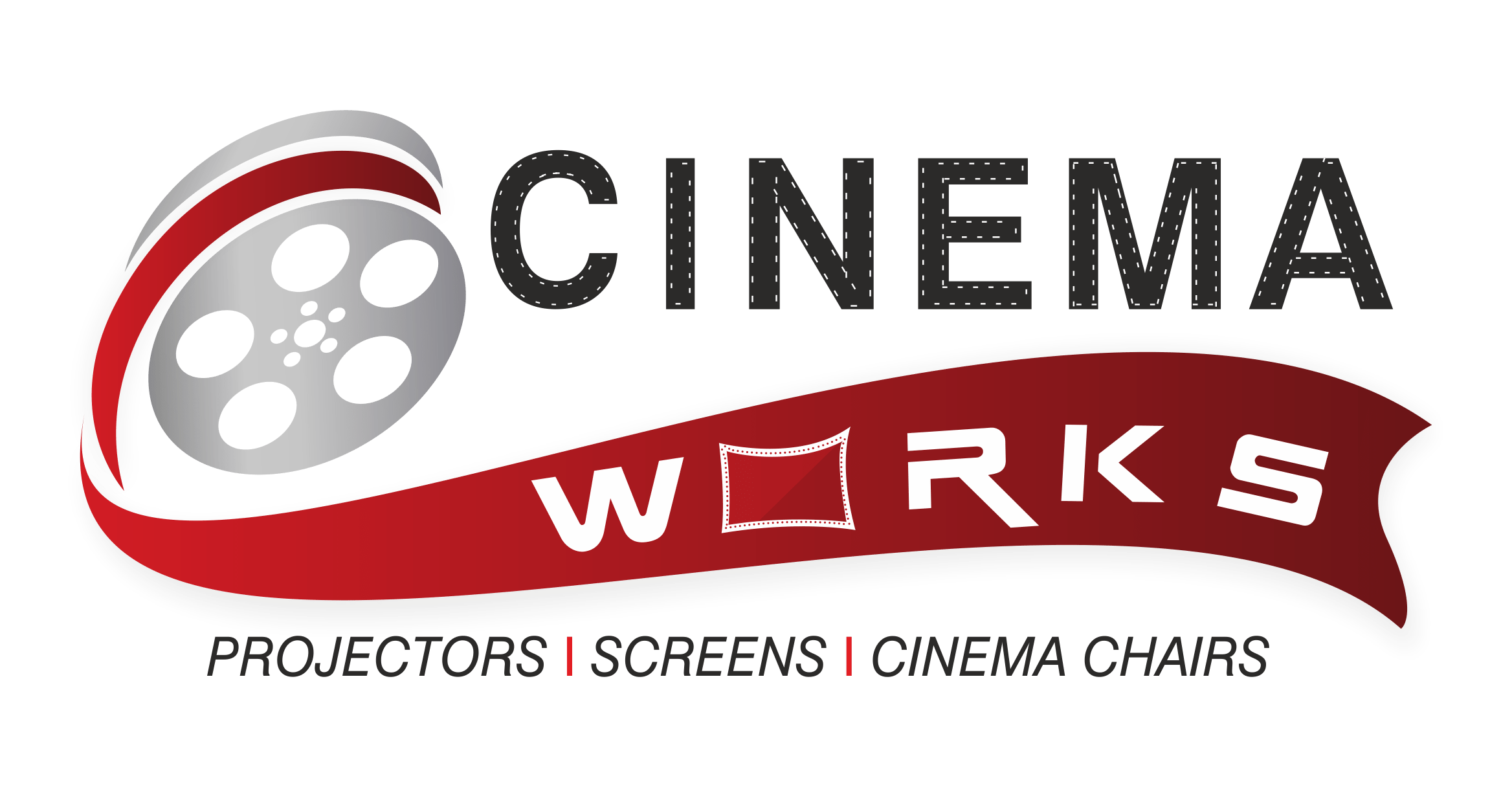Next-Gen Cinema: The Rise of Phosphor Laser Projection
A Brighter, Sharper Future for the Big Screen
For years, cinema projection has relied on various technologies, each with its own strengths and limitations. From traditional Xenon lamps to the burgeoning world of laser projection, the pursuit of a superior cinematic experience has driven innovation. Now, a new contender is emerging, poised to redefine what’s possible: phosphor laser projection. This technology offers a compelling blend of image quality, operational efficiency, and cost-effectiveness, making it a serious game-changer for the future of cinema.
Understanding Phosphor Laser Projection: Beyond the Buzzwords
Phosphor laser projection leverages the power of lasers to illuminate the screen, but unlike other laser systems, it utilizes a phosphor wheel to create a full-color spectrum. This differs from RGB laser systems which directly generate red, green, and blue light. The phosphor wheel is excited by a laser source, emitting light across the visible spectrum. This results in a highly efficient and vibrant image, surpassing the limitations of traditional lamp-based projectors in several key areas.
Superior Image Quality: Brighter, More Consistent, and More Detailed
One of the most significant advantages of phosphor laser projection is its superior image quality. The intense, consistent light output delivers significantly higher brightness levels compared to Xenon lamps, resulting in a more vibrant and impactful viewing experience, especially in brightly lit environments. Moreover, the inherent stability of laser light sources translates to remarkably consistent color and brightness throughout the entire screening, eliminating the gradual dimming and color shift associated with lamp-based projectors. Furthermore, the increased resolution capabilities offered by many phosphor laser projectors contribute to sharper images, revealing finer details and creating a more immersive experience.
Operational Efficiency: Reduced Costs and Increased Reliability
Phosphor laser projectors boast impressive operational efficiency. The significantly longer lifespan of laser light sources compared to Xenon lamps reduces maintenance costs and downtime. This translates to substantial savings over the projector’s lifetime, minimizing lamp replacements and reducing overall operational expenses. The reduced maintenance requirements also enhance operational reliability, ensuring consistent performance and minimizing disruptions to screenings.
Cost-Effectiveness: A Balanced Approach to Investment
While the initial investment in phosphor laser projection may be higher than that of lamp-based systems, the long-term cost benefits are undeniable. The reduced operational costs associated with lamp replacement, maintenance, and energy consumption often offset the higher initial investment within a relatively short timeframe. This makes phosphor laser projection a compelling and cost-effective solution, particularly for cinemas seeking to upgrade their projection systems without compromising on quality or longevity.
The Future of Cinema: Embracing the Phosphor Revolution
Phosphor laser projection is not merely an incremental improvement; it represents a significant leap forward in cinema technology. Its blend of superior image quality, operational efficiency, and cost-effectiveness makes it a highly attractive option for cinemas of all sizes. As the technology continues to mature and costs decrease, we can expect to see a wider adoption of phosphor laser projection, ushering in a new era of brighter, sharper, and more immersive cinematic experiences.
Keywords:
Phosphor laser projection, cinema projection, laser projectors, cinema technology, movie theater technology, digital cinema, screen brightness, image quality, operational efficiency, cost-effectiveness, Xenon lamps, RGB laser, cinema upgrades, future of cinema
